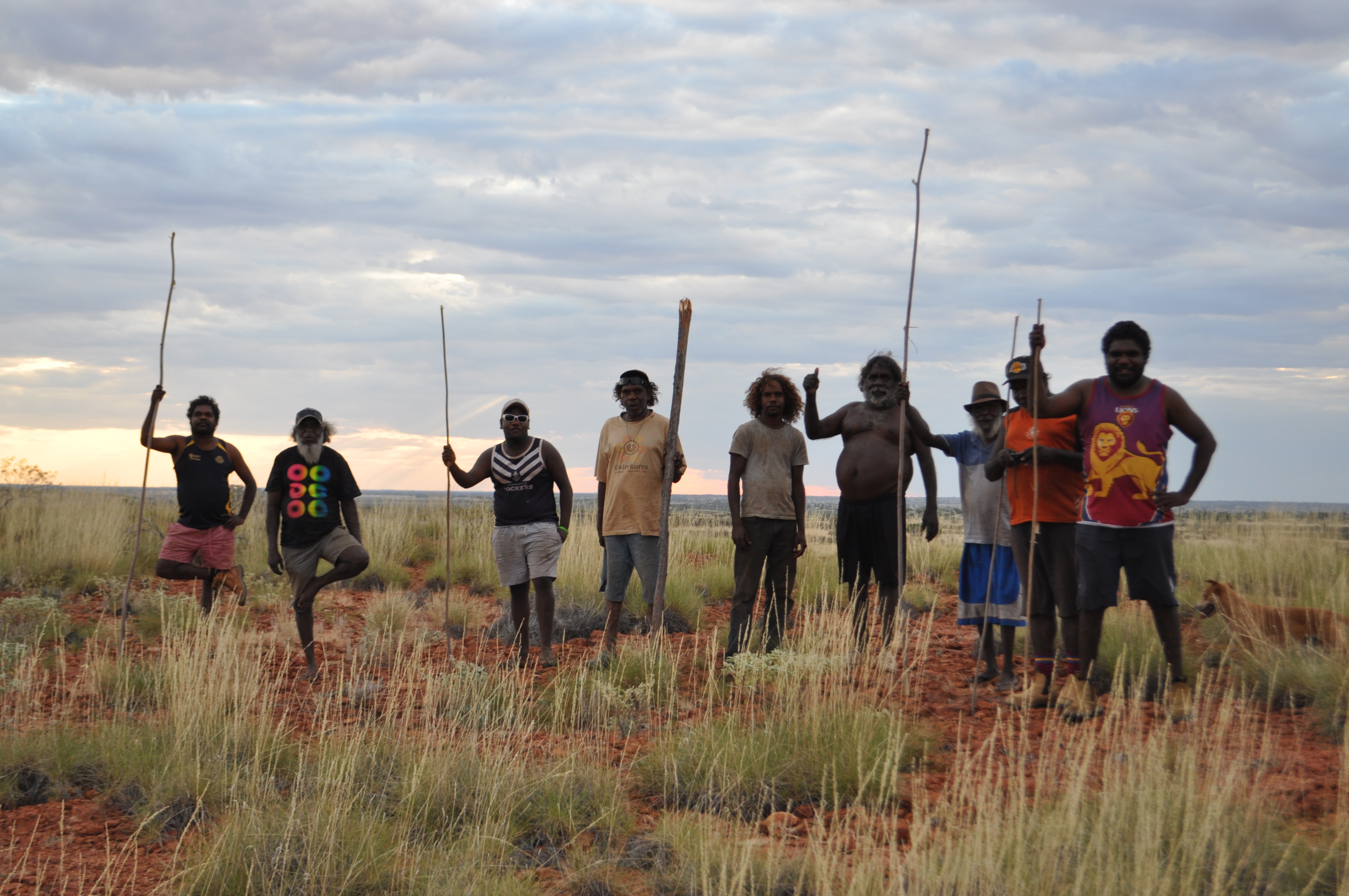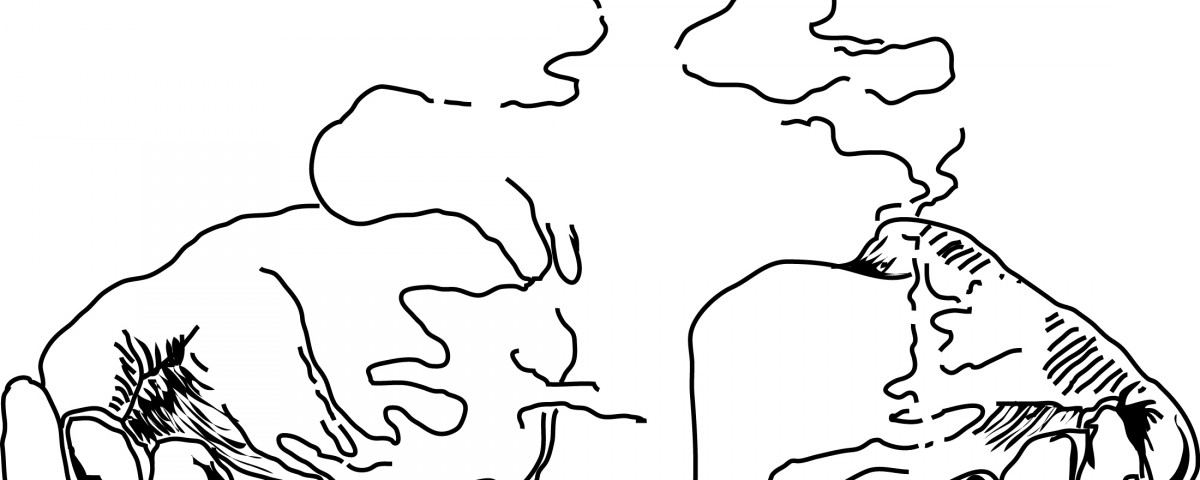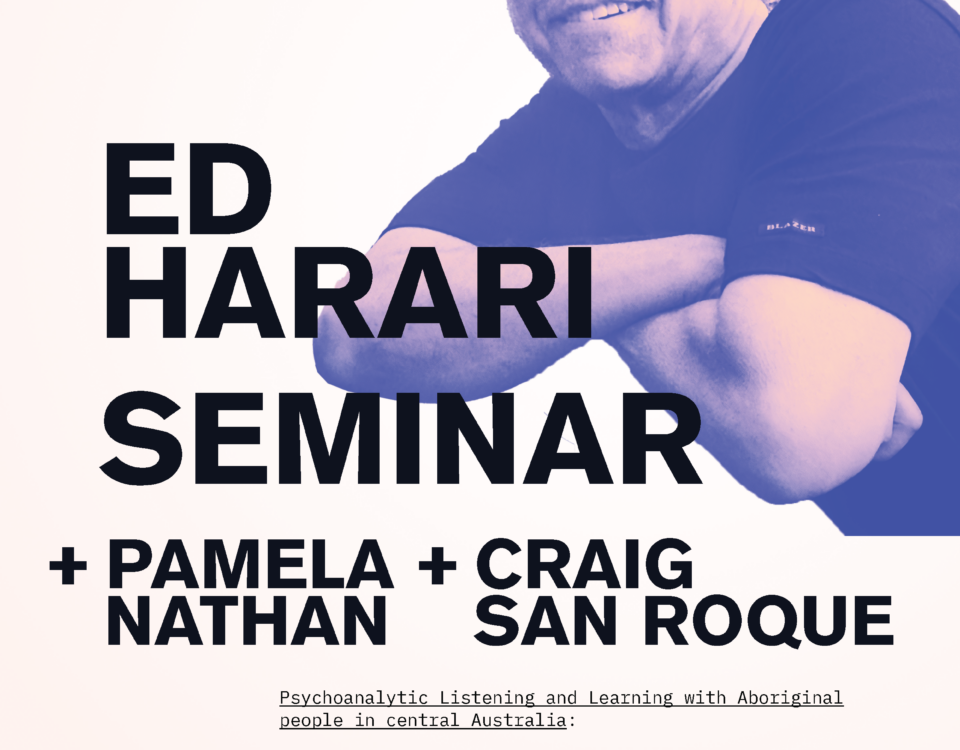
Truthtelling
August 6, 2018
Fathers and sons
September 4, 2018By Pamela Nathan
Following on from our last blog, I would like to share thoughts from two more important thinkers – both from central Australia.
They share very different stories but, in their shared determination to question and challenge the status quo, there is congruence in their messages.
William Tilmouth, Chair of Central Australian Aboriginal Congress and Founding Chair of Children’s Ground, opened his heart to the people at the Garma festival with his moving address: “Indigenous children don’t need to be fixed – they need rights and opportunities” (published in The Guardian, 7 August 2018). A vision of success by ‘western’ standards, he shared the hollow reality and the pain shared by so many whose lives were, and continue to be, shattered by Government policies. His hope for the future lies in the cultural empowerment made possible through Children’s Ground, where the “whole community, family and kids are mobilised into taking ownership and control and being a part of their own destiny”.
The second story came from Russell Goldflam, now a retired senior lawyer from Australian legal Aid, NT. At his recent retirement celebration he shared how ‘doubt’ had informed his practice as a lawyer. Radical doubt has also informed the work of CASSE. So as well as including Russell’s story of doubt from the legal perspective, I’ve also included psychoanalytic notes on ‘radical doubt’…
Radical doubt accepts uncertainty and allows thinking. As Russell writes in ‘In Praise of Doubt‘, a position of doubt can save a man from falsely being charged for murder and a long imprisonment.
Australia as a nation, needing to action the Uluru Statement from the Heart determined by Aboriginal people, might be galvanised into support and not inaction or condemnation, by adopting the position of doubt. Australia might be able to be transformed.
Bergstein (2013, p. 622) says that for Bion, Freud’s notion of the caesura, the dramatic separation heralded by birth, serves as a model for rising above every gap, space or break and for finding the continuity existing between seemingly different yet connected states of mind, events and persons. It serves as a model for bridging two insurmountable and disconnected states of mind. Sandler (2005) defines caesura as an event which simultaneously unites and separates and provides a mode of transformation; the caesura becomes a split when it is not tolerated and that it is the intolerance of frustration that gives rise to the cut and hides continuity (Citaverese, 2008, p.1132). Bion, at the end of his paper, Caesura (1977) underlines the critical importance of attending to the caesuras – the gaps, breaks and oppositions. He says this is where the emotional aliveness lies but also where the threat of drowning loiters. Bion (Bergstein, 2013, p.626) urges that we must listen to what is in the gap and listen beyond what is being said; in order to do so we must work in the here and now. I add that we need to sit with the gap, bear the gap and find the continuity.
Bergstein (2013, p. 625) writes that Bion’s notion of caesura is therefore a model for the gap, that raging river between two banks of the mind where catastrophic change can occur but where lies the danger of catastrophe as well. This, Bergstein (2013, p. 625) states, is the almost impossible place Bion asks us to be – the emotional turbulence – without gripping onto the banks to stand still and nor to slacken the hold on familiar moorings until the next storm. Bion asks us to be in the eye of the storm (Bergstein, 2013, p. 625). This request is immensely reassuring as I often find myself in the storm. Bion also asserts that the emotional storm is unavoidable when two persons meet (Bergstein, 2013, p. 625). Bergstein (2013, p. 625) states the psychoanalytic quest is not safe harbour but rather widening the capacity for motion and the ebb and flow between the riverbanks; it is the transitive action and not its course, which is important for psychological growth.
Doubt, radical doubt, is a concept developed by Bion (Civaterese, 2008, p. 1124) which he borrowed from Descartes’ notion of systematic doubt and which is embedded in his notion of the caesura. Radical doubt is a systematic process of doubting one’s own beliefs in order to ascertain which beliefs are actually true. Radical doubt serves for the achievement of truth through emotional experiencing, which provides a sense of belonging and a home for feelings. Employing radical doubt, allows the focus on dreaming, thinking, processes, relationships, differences and movement, and not content or outcomes (Citaverese, 2008, p.1124). Radical doubt provides a means to transcend the barriers and the caesuras and allow a process of new thinking to emerge. Using radical doubt, can re-reverse the reversible perspective, a term coined by Bion (1963, p. 60), which is an impasse created by rigid, static thinking that defends against psychic pain. Radical doubt is a type of thinking that overcomes the antithesis between the past and present, providing a temporal third if you like. It allows negative capability (Bergstein, 2013, p. 628), a term coined by the poet Keats, enabling a person to think with psychological flexibility, ambiguity, uncertainty and no pre-determinations. Bion says that tolerating emotional turbulence leads to reconciliation and psychic growth; the factor that allows the container to expand is not knowledge itself but emotion or rather shared emotion (Citaverese, 2008, p.1139).
Bergstein A (2013). “Transcending the caesura: reverie, dreaming and counter-dreaming”. Int J Psychoanalysis, 94:621-644.
Bion, W.R (1989). In Two Papers: the grid and the caesura. London: Karnac Books.
Civatarese, G (2008). “Caesura as Bion’s discourse on method”. Int J Psychoanalysis, 89 :1123–4






